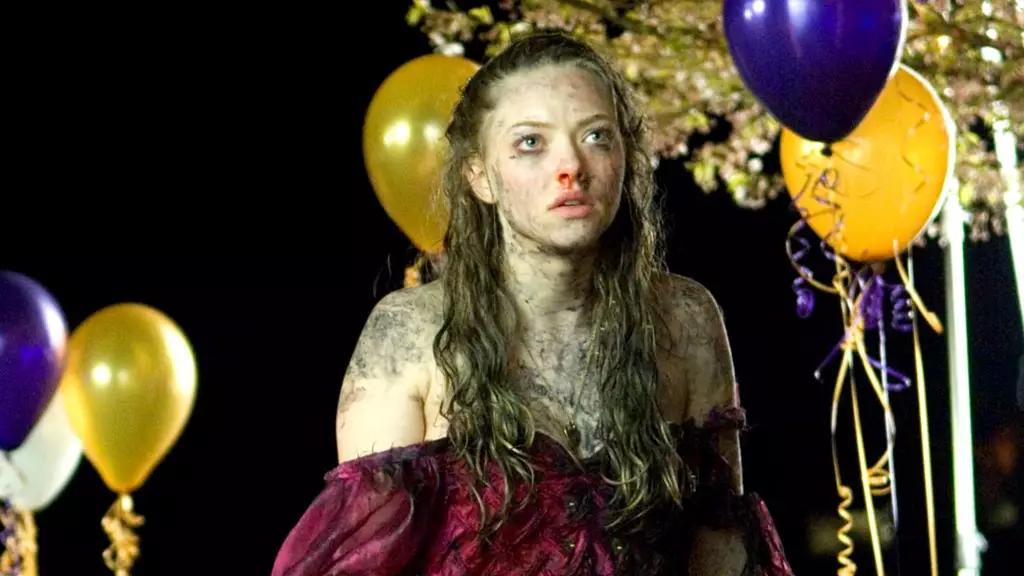The 2009 film *Jennifer’s Body* has made a swift transition from being maligned to a celebrated piece of feminist cinema. The movie, which features Amanda Seyfried and Megan Fox, initially struggled at the box office and with critics, largely due to a marketing strategy that blatantly misrepresented its themes. Amanda Seyfried’s recent remarks about the original film reveal a deep-seated appreciation that is echoing in a potential sequel, indicating that even a misunderstood gem can find its rightful place in pop culture.
Seyfried’s pointed critique of the marketing team is indicative of a broader trend in which the artistic integrity of films is often sacrificed for commercial gain. The emphasis on Megan Fox’s voluptuous image led to a mischaracterization of the movie as merely a superficial horror flick rather than the layered commentary it truly is. There’s an ironic twist in the film’s legacy: it has blossomed into a feminist icon despite its initial framing as a male-centric exploitation film. It serves as a prime example of how art can defy initial perceptions and evolve into something that resonates much more profoundly with audiences.
The Artistry Behind the Chaos
From Seyfried’s perspective, *Jennifer’s Body* is a profound work that encapsulates a unique combination of humor, horror, and societal critique, largely crafted by the talents of writer Diablo Cody and director Karyn Kusama. Seyfried passionately emphasizes the creative risks taken by Cody—a bold voice in a male-dominated industry. The film’s blend of humor and horror is a nuanced take on teenage angst and female empowerment, responding to societal norms while also breaking barriers.
Cinematically, *Jennifer’s Body* is rich with inventive special effects that enhance the narrative, setting it apart from typical horror fare. Seyfried’s portrayal of Needy is layered and authentic, providing a stark contrast to Fox’s seductive Jennifer, creating a dynamic duo that plays on the archetypes of women in horror films. Recognizing this complexity is part of what makes *Jennifer’s Body* worthy of a sequel, as it holds the potential to explore these characters further, especially in the post-#MeToo landscape.
A Call for Artistic Integrity
In a broader sense, Seyfried’s retrospective enthusiasm serves as an indictment of the industry’s frequent failure to understand and properly market female-driven narratives. The marketing missteps she highlights are too common in Hollywood, often relegating complex stories to simplistic categories for easy sellability. What Seyfried and Cody’s desire to create a sequel points to is a growing movement for narratives that resonate authentically with a diverse audience, rather than relying on outdated tropes.
Cody’s own reflections on the original’s disappointing reception foster a sense of resilience. Showing humility and vulnerability in her desire to return to the *Jennifer’s Body* universe suggests a commitment to artistic integrity. With fresh perspectives on feminism and horror today, the potential for a sequel could provide an excellent platform to further challenge societal norms and explore the intricacies of female friendship and empowerment.
Ultimately, *Jennifer’s Body* has traversed an unpredictable trajectory from box office disappointment to cult classic, demonstrating that sometimes art requires time and a shift in cultural context to be truly appreciated. The film’s resurrection story—and the hope for a sequel—suggests a broader recognition that it’s time to reevaluate and amplify women’s voices within cinematic landscapes.
